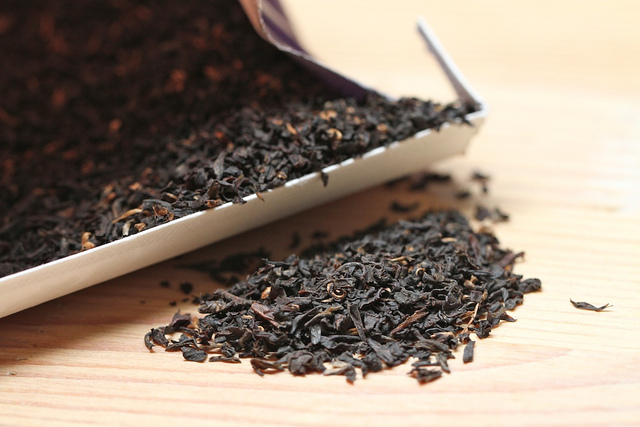
Profile
- Latin Name: Camelia Sinensis O.Ktze
- CAS No.: 4670-05-7
- Active Ingredient: Theaflavins
- Specification: 20-30%
- Test Method: HPLC
- Appearance: Fine brown powder
Description
Tea is the most frequently consumed beverage in the world. Tea is produced from the leaves of the plant Camelia Sinensis and can be classified by degree of fermentation, a process to expose tea leaves to moist oxygen-rich air and turn them from green to dark brownish-black color. There are three main types of tea: black tea (fermented), predominantly consumed in Western countries; Oolong tea (partially fermented), primarily consumed in Southern China; and green tea (unfermented), mainly consumed in Asia.
Black tea is commonly known for improving mental alertness as well as learning, memory and information processing skills. There are also studies shows it is effective in treating headache and low blood pressure; preventing heart disease, including “hardening of the arteries” (atherosclerosis) and heart attack; preventing Parkinson’s disease. It is also beneficial for type 2 diabetes, stomach disorders, vomiting, diarrhea and as a diuretic. Some people use black tea for preventing tooth decay and kidney stones. In combination with various other products, black tea is used for weight loss.
Benefits
In black tea theaflavins and thearubigins as well as othercatechin polymers are the main bio-actives. The mostly researched polyphenol is Theaflavins (TF), are types of thearubigins, and are therefore reddish in color. The research shows Theaflavins are antioxidant polyphenols that at least the same antioxidant potency as catechins present in green tea. Epigallocatechin gallate (EGCG) will metabolize into some theaflavins int the liver.

